Welcome back to Forgotten Gems, my column about games that have faded but shouldn’t be forgotten. Last time, I took at a look at the unexpected return of one of Square’s most unique 16-bit RPGs, Live a Live. While there may be no happy ending this time, hopefully you’ll still enjoy this look back at an entire game series that almost all but faded from public discourse: Goemon, Konami’s Mystical Ninja.
Namco has Pac-Man. SEGA’s got Sonic. Nintendo has Mario. Konami’s got… Frogger? Twinbee? The Parodius Octopus? It’s honestly a bit surprising that one of the most prolific game developers of the ‘80s took so long to develop a stable of recognizable characters; let alone a core company mascot. Before it became known for the exploits of the Belmonts and Solid Snake, Konami dazzled us more with clever concepts like Time Pilot, Gyruss, and Track & Field, as well as competent game adaptations of animated shows like TMNT or the Simpsons.
Enter the Ninja
But the roots for Konami’s own Mario were already taking hold in 1986 when it released Mr. Goemon. Based on Japan’s 16th-century Robin Hood, the outlaw Ishikawa Goemon, Mr. Goemon is an unusual platformer. For one, it took its art style from famous woodblock prints depicting kabuki enactments of the folk legend, but more importantly, it played very differently from platformers of the age. Whereas bumping into enemies in its contemporaries would mean losing a life or taking damage, Mr. Goemon is an oddly-controlling, hectic jump ’n’ run in which you can push and shove your enemies as you infiltrate enemy fortresses. Goemon can use a “kiseru” pipe to smack his enemies or toss gold coins and other pick-ups, including the famous Japanese maneki-neko cat figurines.
If all that sounds unconventional and confusing, you should know that these kiseru pipes weren’t just for smoking. They became quite the rage among Japanese warriors, who would carry iron or brass pipes and use them as weapons when they didn’t have access to their swords. As for throwing those oval koban coins, gourds, and nekos – that’s vintage, economical video game character development on display right there. Being an honorable outlaw, Goemon allegedly gave to the poor – thus, he has no need for money and happily tosses around symbols of good luck, such as hyotan gourds and cat figurines.
Mr. Goemon was not a hit. But Konami clearly liked the idea of “owning” a truly Japanese video game hero enough to greenlight a completely different Goemon game for home consoles and computers before Mr. Goemon was even in arcades. Released in July 1986, Ganbare Goemon! Karakuri Douchuu lays the foundation for an entire series of unique platformers in an alt-history, mechanized Japan. “Ganbare!” is a Japanese rallying cry, and is best translated as “go for it!” or “keep it up!” and would become intrinsically linked with the Goemon series for many years. But one thing was still missing that would come to define the Goemon games – and made it one of my favorites on the Super Famicom: co-op gameplay.
With 1989’s Ganbare Goemon 2 for the Famicom, Konami found its success formula. The game combined the three-quarter-view town sequences of the second game with the side-scrolling jump and fight action of Mr. Goemon. It also added the defining co-op mode where a second player could join the fun as the supremely weird Ebisumaru, a combination of the Japanese thief Nezumi Kozo and Konami producer Ebisu Etsunobu.
Goemon 2 kicked off a series of 20 full-fledged Goemon platform and RPG games, not including some lesser spin-offs and mobile minis, spanning 20 years of game development and some truly creative efforts by multiple Konami studios. It’s a series known for its silly sense of humor, for taking you on a trip of the sights and sounds of a not-quite-historically-accurate Japan, for dozens of memorable tunes and fully vocalized songs, screen-tilting, screen-warping, screen-flipping Mode 7 effects, 3D mech battles, and for a range of clever mini-games – including a playable 16-bit version of Konami’s own Gradius.
Which brings us to 1991, when Konami undertook the unlikely step to bring the most Japanese mascot in gaming to the west.
American Ninja Warriors
We can’t be sure what made Konami consider the sixth game in the series, Ganbare Goemon: Yukihime Kyuushutsu Emaki, for a western release in 1992, a year after it debuted to acclaim in Japan. Perhaps it was the impressive graphics that make it one of the best Mode 7 showcases to date, or the incredible soundtrack that really puts the Super NES sound chip through its paces. But most likely, it was an attempt to capitalize on the excitement surrounding the impending US release of The Legend of Zelda: A Link to the Past, which also seemed to be the inspiration for the newly minted English title: The Legend of the Mystical Ninja.
This sudden spark of courage did not extend to trusting overseas audiences to engage with or understand Goemon’s historical origins. The game received an infamously terrible localization treatment. Japanese food items like onigiri rice balls became pizzas. And our heroes Goemon and Ebisumaru were unceremoniously renamed to Kid Ying and Dr. Yang, with a typo-laden manual contributing even more cringe-worthy Asian stereotypes, like naming the monkey “Fur Man Chu”. It’s not that Goemon isn’t an inherently silly game – one of the sequences removed from the localized version was Ebisumaru baring his butt and farting at the end of a dance performance – it’s that its silliness is so uniquely and unapologetically Japanese that randomly dubbing it with Chinese terms and concepts just stunningly misses the point.
But localization aside, Goemon’s first western showing went over pretty well. EGM rated the game 8, 8, 9, 8 and lauded it for its gameplay, co-op mode, and soundtrack – while expressing some consternation over its presentation. “The graphics are too cheesy for me, with lots of pastels,” said the legendarily mystical Quartermann. Konami never disclosed official sales numbers for the title, so we’ll never know whether its distinct visuals and themes or lack of awareness kept it from achieving bigger success in the US, but we do know that whatever courage had led to the publisher giving Goemon a shot quickly dissipated.
Goemon’s further Game Boy and Famicom/NES outings wouldn’t see stateside release, but more egregiously, Mystical Ninja’s direct sequel, Ganbare Goemon 2: Kiteretsu Shogun Magginesu! remained forever a Japan-only delight. In this humble writer’s opinion, Goemon 2 is the best co-op platformer on the Super NES, adding drivable vehicles, a third playable character, and a Super Mario World-style overworld map to the mix. Bolstered by critical success in Japan, Konami took the series even further.
Goemon 3 wasn’t a linear sidescroller like its predecessor: instead, the ninja head-on pursued another legendary inspiration. Goemon 3 is a top-down, The Legend of Zelda: Link to the Past-style action adventure that has players switch between characters – now also including Yae the Kunoichi – to access their different powers and progress on the world map. The next game, Kirakira Douchuu, went back to the setup of Goemon 2, but put the different characters’ unique abilities to effect with separate maps and character-specific quests. But the series had peaked with Goemon 2 and my personal interest in it waned, even as it continued on PlayStation and with a Ebisumaru-led spin-off title – both 2D games.
In 1996, General Manager of Konami Nagata Akihiki told Next Generation magazine: “There are some Japanese games we cannot release worldwide because they are too specific for the home market – Goemon, Parodius, and games which use Japanese characters, for example.”
The Legend of Goemon 64
It wasn’t just me who had moved on. Gaming was about to take a significant leap towards polygonal 3D. And having exhausted 2D gaming in all its formats and genres, Goemon was ready to evolve and pull off an impressive feat: a fully 3D action-adventure in the style of Ocarina of Time… in 1997, before Ocarina of Time. The plot of this new Goemon game reads almost like self-referential commentary on the first Goemon game’s coming to the west: the Momoyama Shogunate is planning to westernize Japan and steal all its castles.
What followed was Goemon’s second outing in the west – and one that many Nintendo 64 fans may fondly remember. Announced early on as a Nintendo 64 flagship title, Mystical Ninja Starring Goemon struggled in development hell. As a young reporter and a big fan of the series, I kept a close watch of the game and used all my persuasive powers to ensure that Goemon wouldn’t be called Kid Ying again (success!). Konami producers would frequently talk about the struggles of recreating their series as 3D games and having to dial back their ambitions when moving from development hardware to the final N64 spec. The lack of a dedicated sound chip and need to handle music via the CPU led to pared down visuals as Konami was unwilling to sacrifice audio fidelity and go with sampled, mono tracks, a la Shadows of the Empire. The challenges with getting the game to run at a decent framerate meant abandoning the planned two-player co-op mode. Konami even had to cut some of the Japanese voice-overs from the US/PAL versions to get the localized version to fit on a 128-megabit cart. It was bad news for a while – but with a happy ending.
The final game was an enjoyable 3D take on the Goemon 3 / The Legend of Zelda formula and it sold more than 200,000 copies in Japan and the US. Even though only a quarter of those sales were stateside, Konami seemed emboldened to keep trying and brought both the Game Boy adventure, also called Mystical Ninja Starring Goemon, and the N64 sequel Goemon’s Great Adventure to the west.
The Downfall
And that was the end of the song. After the second N64 game bowed at 50k units sold, Goemon returned to being a Japan-only series. You can see the rest of the lineup of games – from digital board game outings to two attempts at redesigning and modernizing the character on our playlist:
Konami didn’t know what to do with Goemon, failing to endear players to the more Dragon Ball-like, edgy character designs and disappointing the remaining player base with some cheap shovelware mobile games. Even long-time partner in crime Ebisumaru got the boot. And despite a showing at E3 2002, an attempt by Working Designs to bring Goemon’s PS2 outing Bouken Jidai Katsugeki to the west as Mystical Ninja Goemon Zero failed.
The last hurrah for the series came in 2005. Konami brought back fond memories with a GBA conversion of the two first (and best) Super Famicom games in a Japan-only double pack, followed by a forgotten gem of a Nintendo DS game, Ganbare Goemon: Toukai Douchuu Oedo Tengu ri Kaeshi no Maki. Utilizing stylus controls and a very pretty sumi-e watercolor graphical style, Goemon once again paid homage to The Legend of Zelda series. I imported the game and shared my very favorable impressions of the game back then, thinking, for a brief moment, that Goemon was back – and that Goemon was forever.
But Goemon is gone. We’re quickly approaching the two decade mark without a new game release – not counting two Pachislot arcade slot machines released back in 2009 and 2011 under Konami’s new, old focus on gambling hardware.
It’s a very rare occurrence that a series 29 titles strong just ends and disappears. After all, Nintendo and Konami added the even more obscure Super Famicom shooter Pop’n TwinBee to the Nintendo Online service in 2020 – wouldn’t the already localized Goemon SNES or N64 games be solid selections for the service?
There are still occasional signs that Konami hasn’t completely forgotten about its memorable mascot. On December 7, 2018 a Mii Swordfighter costume featuring Goemon’s trademark spiky hair, red outfit, and kiseru pipe were added as paid Wave 3 DLC to Super Smash Bros. Ultimate. Let’s hope that little cameo wasn’t his last.
As for whether Goemon will ever return in an all-new game outing? Unlike the real Goemon Ishikawa who was famously boiled alive for trying to assassinate warlord Toyotomi Hideyoshi, our blue-haired video game hero got off easy and at least ended on a high note. The series is cooked for now, but who knows, maybe Konami’s recent successes with the Hudson-made Momotaro Dentetsu on Switch could bring Goemon out of retirement. If Momotaro, ripped from the pages of Japanese fairy tales, can sell more than 3 million copies with a digital board game that celebrates Japan (yes, it sold better than Zelda: Breath of the Wild in Japan), perhaps Konami’s OG mascot can at least headline a feudal comedy take on Mario Party.
Ganbare, Goemon!
Where can you play the Goemon games today?
While Nintendo hasn’t added any of the Goemon games to its Nintendo Online service on Switch yet, Mystical Ninja did see multiple re-releases on the Wii, Wii U, and 3DS Virtual Console in the west. The Japanese Super Famicom games were also available as VC downloads — and Mystical Ninja was even included with the Super Famicom Mini console as a regional exclusive. With the shutdown of Nintendo’s 3DS and Wii U eShops this month, all nine remaining Goemon Virtual Console releases will no longer be accessible.
Which leaves hard copies. Unfortunately, because of the low sales volume and limited runs, SNES and N64 cartridges can command a high price on eBay. Even a loose Mystal Ninja cart will sell for $60 and upwards. The Japanese games are quite a bit cheaper, but unless you read Japanese, I wouldn’t recommend pursuing them. There are occasionally moments where a character will ask you to retrieve a certain item to progress that can be tricky.
The sad reality is that out of all 30 Goemon games released, only a single one is available to play on modern platforms, and it’s, ironically, the oldest one of the bunch: Mr. Goemon. Hamster made the old arcade game available to play on PS4 and Switch as part of their Arcade Archives series.
Peer Schneider joined IGN as editor of N64.com/IGN64 back when games still had manuals. If you enjoyed his column, Forgotten Gems, be sure to check out our other regular IGN columns, accessible from the News section of the IGN navigation.

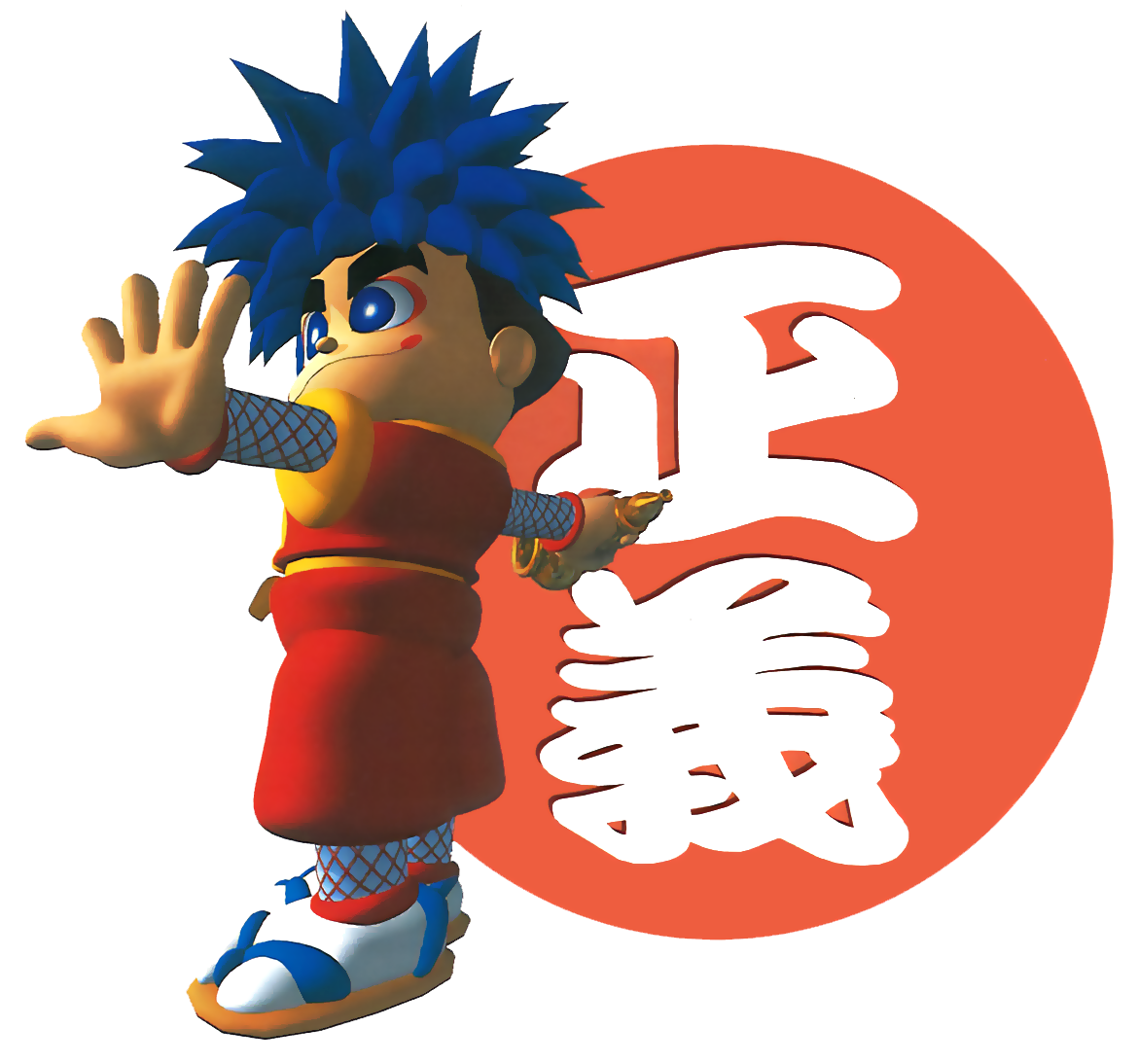

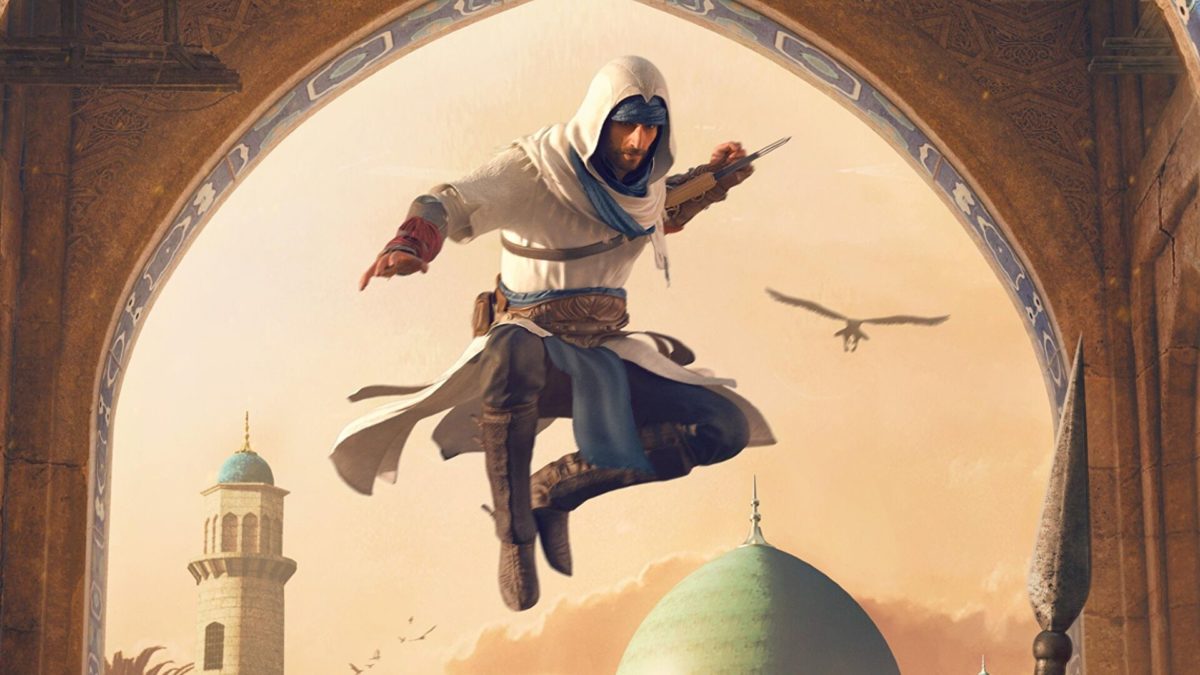
 that generates first drafts of NPC barks, which are the offhand remarks you might hear when running past NPCs. <a href=) Skyrim’s “I used to be an adventurer like you” is probably the most famous example of a bark. Ubisoft Ghostwriter has been met with passionately negative responses from some narrative designers, while others have been arguing for its use cases.
Skyrim’s “I used to be an adventurer like you” is probably the most famous example of a bark. Ubisoft Ghostwriter has been met with passionately negative responses from some narrative designers, while others have been arguing for its use cases.
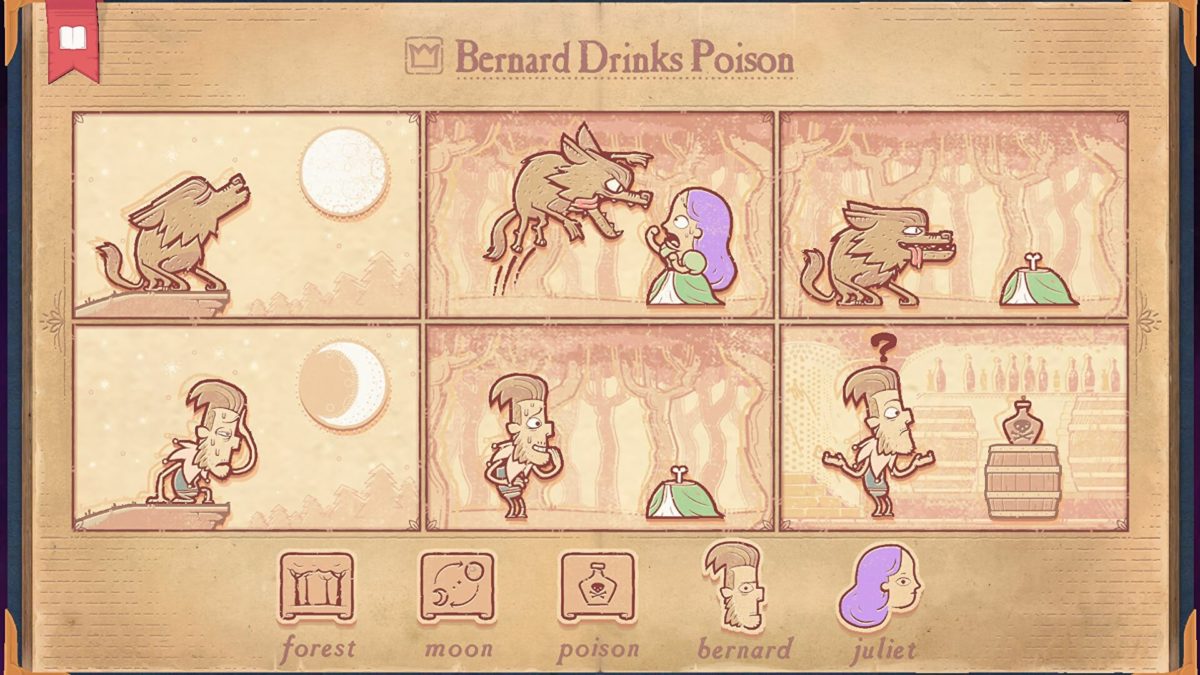
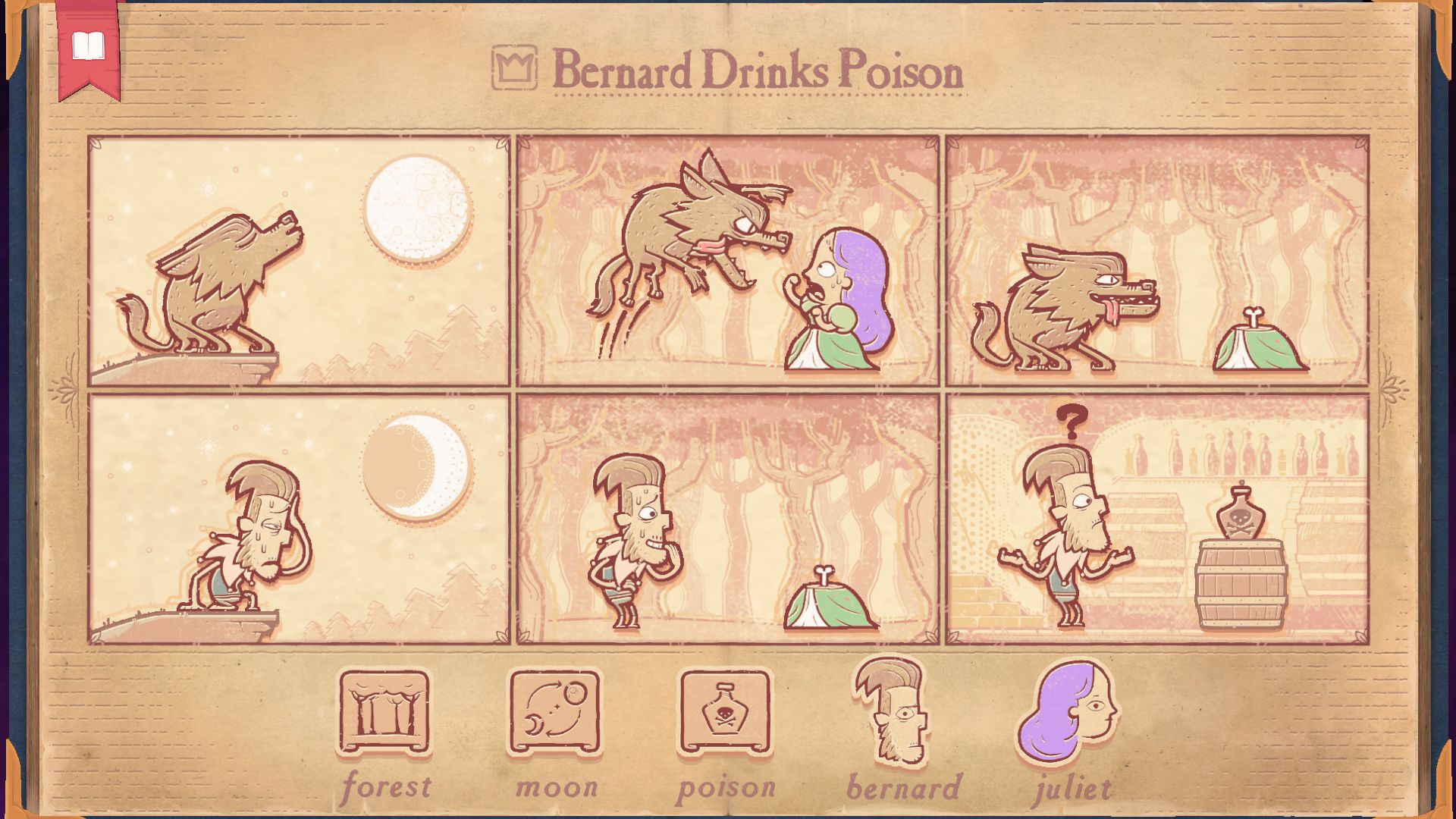 Storyteller is a make-your-own drama puzzle game, taking place on the pages of a book and within empty comic-ish panels on those pages. For each puzzle you’re given a set of characters and scenarios (the Baron, the Knight, the Queen; a wedding, a kidnap, an execution) and are tasked with arranging them in a combination that fits the story title you’re given (The Queen Marries). It’s playful and cute, with surprising depth that draws inspiration from classic stories. It’s also very short. I’d wager you’ll have hunnerpercented Storyteller in two hours max, which will sound like mana from heaven to some, but may disappoint you if you’ve been waiting for Storyteller for
Storyteller is a make-your-own drama puzzle game, taking place on the pages of a book and within empty comic-ish panels on those pages. For each puzzle you’re given a set of characters and scenarios (the Baron, the Knight, the Queen; a wedding, a kidnap, an execution) and are tasked with arranging them in a combination that fits the story title you’re given (The Queen Marries). It’s playful and cute, with surprising depth that draws inspiration from classic stories. It’s also very short. I’d wager you’ll have hunnerpercented Storyteller in two hours max, which will sound like mana from heaven to some, but may disappoint you if you’ve been waiting for Storyteller for 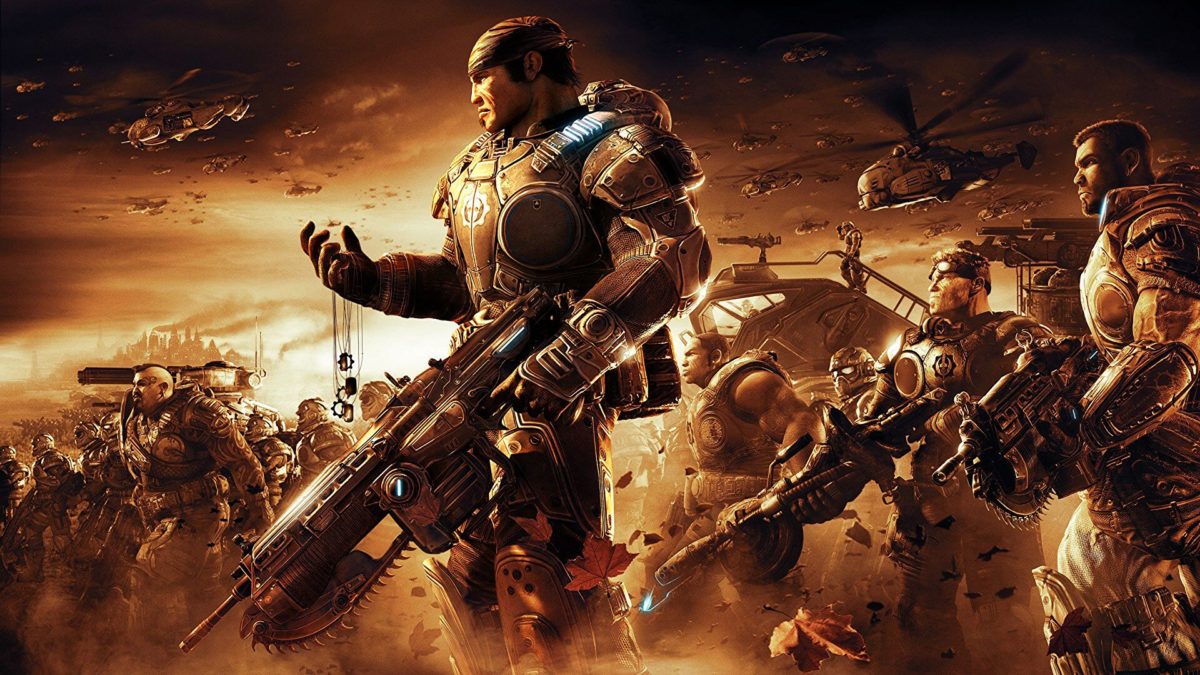
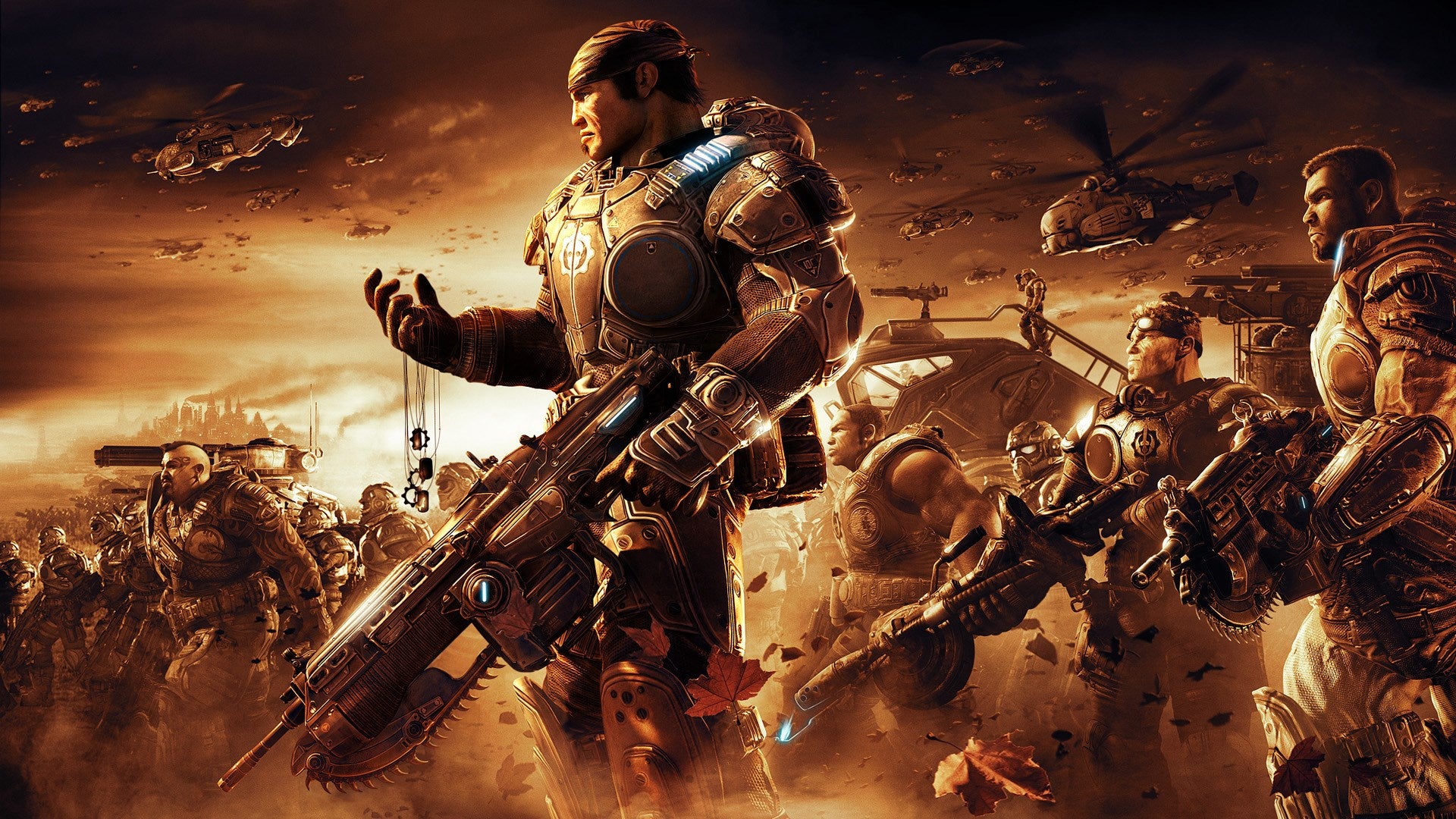 announced plans to adapt
announced plans to adapt